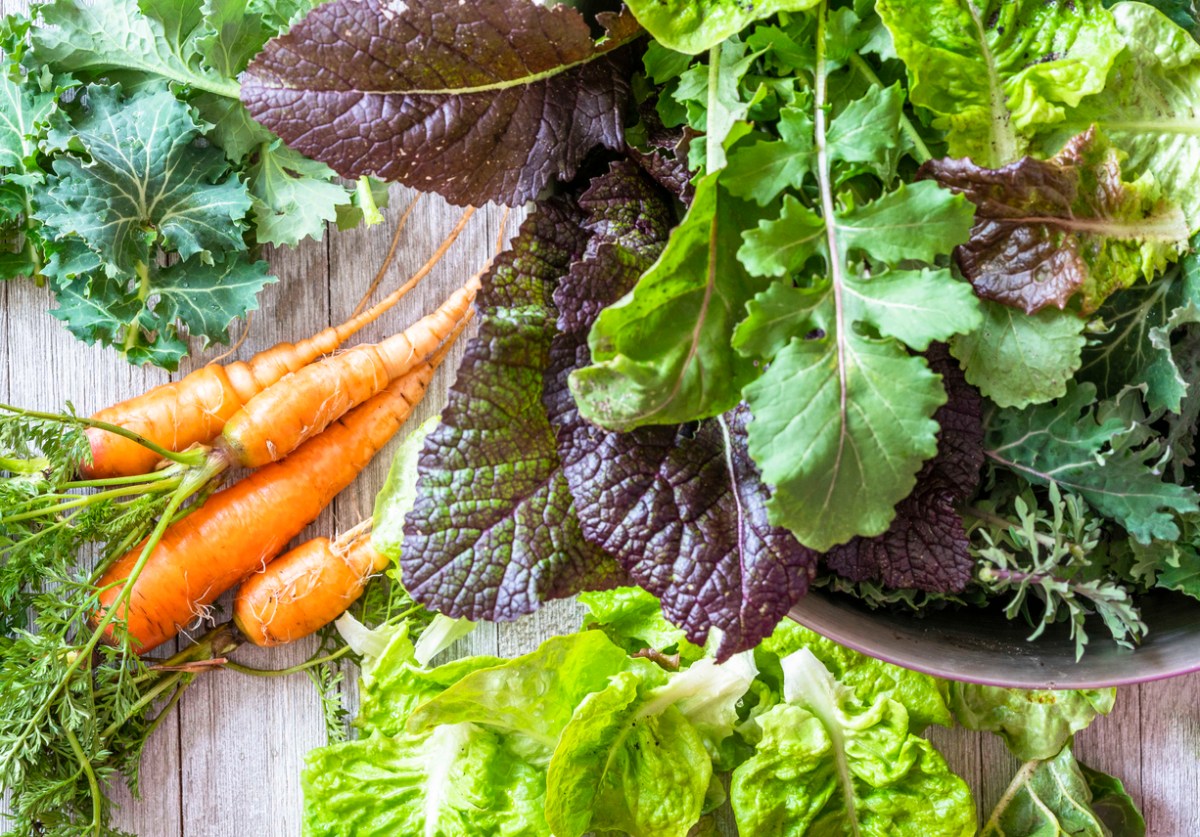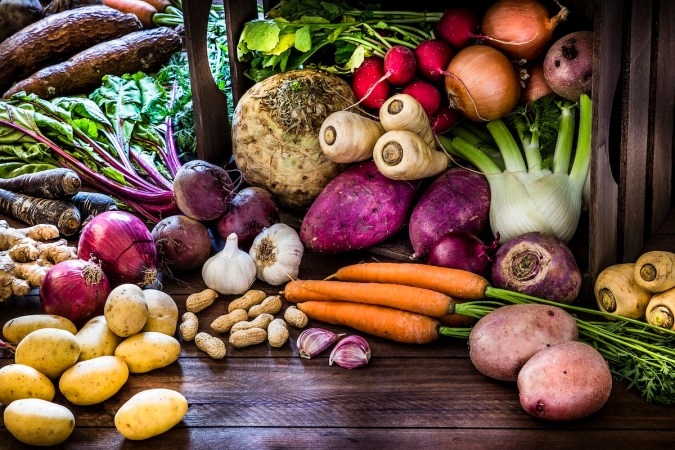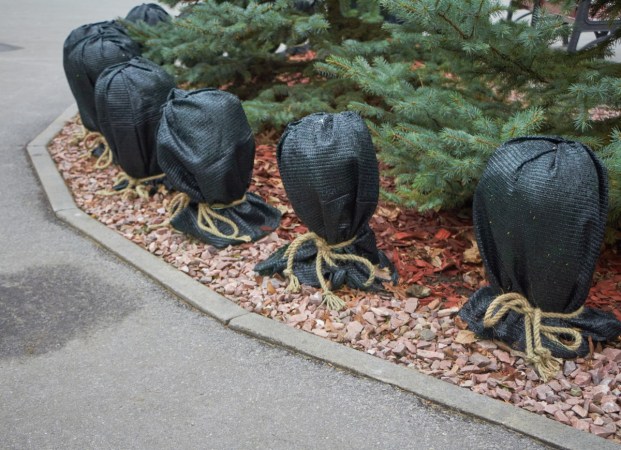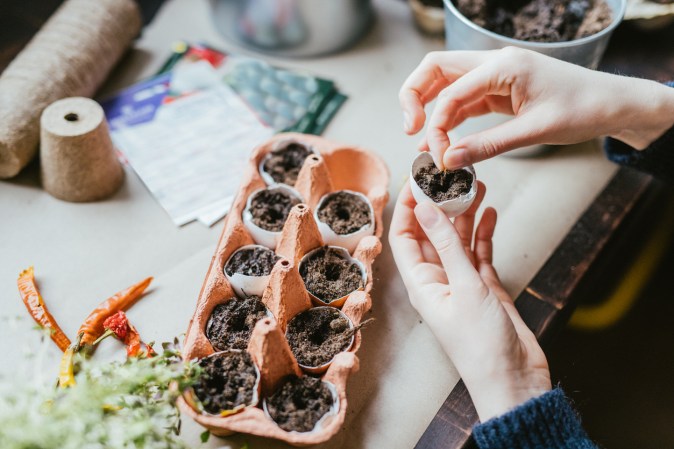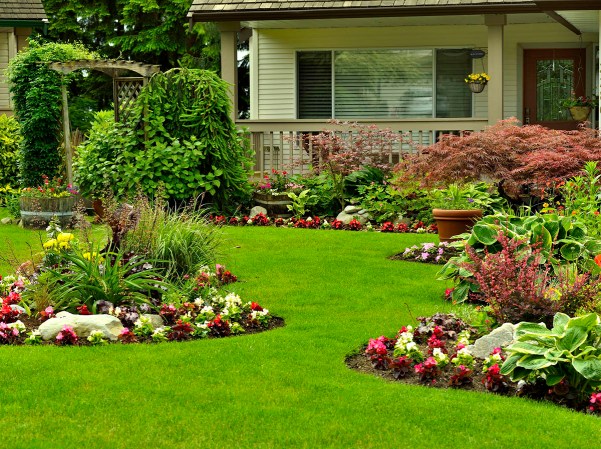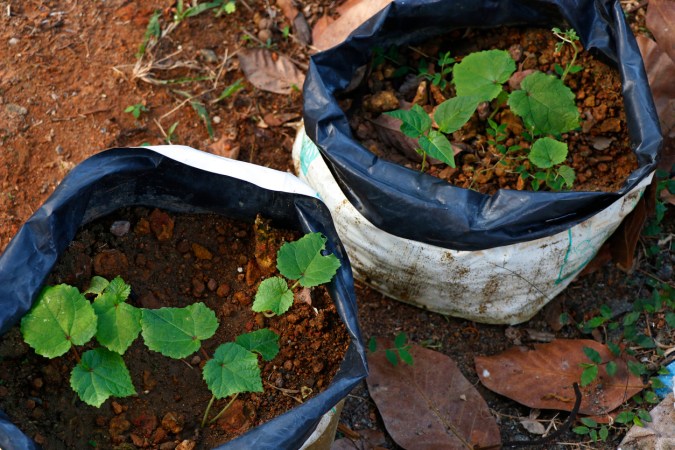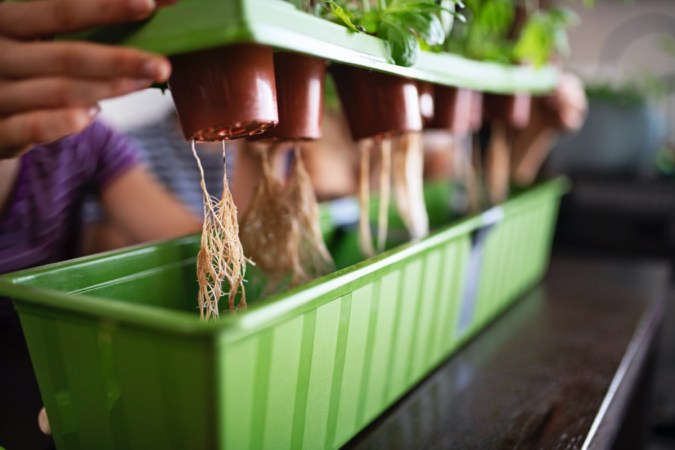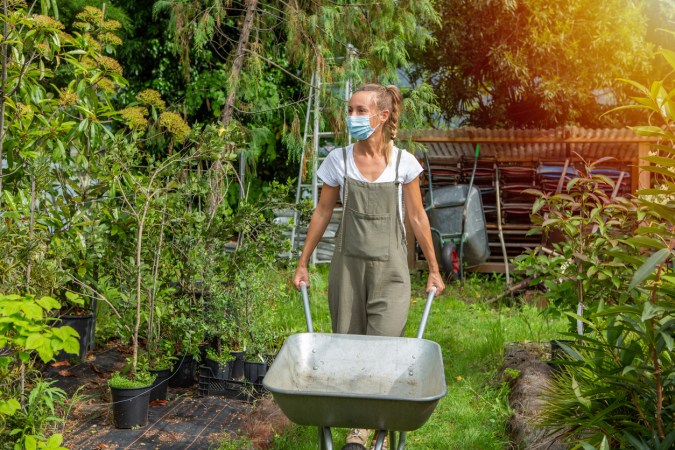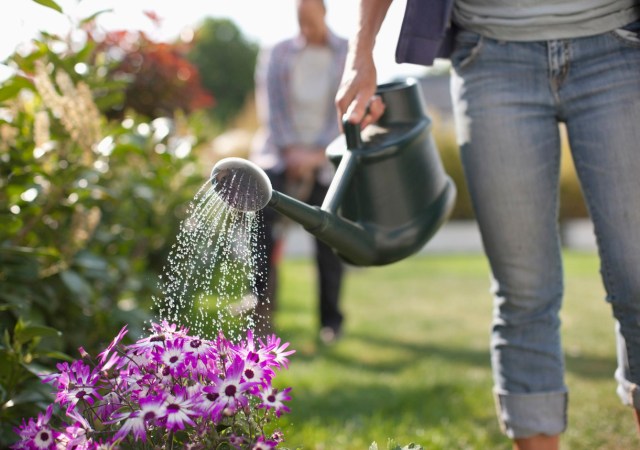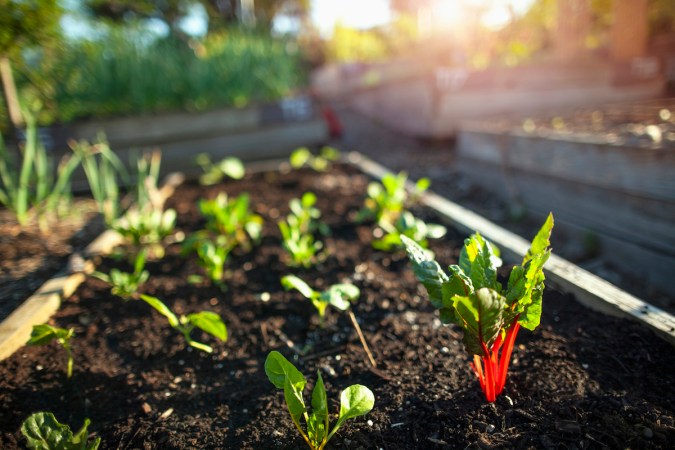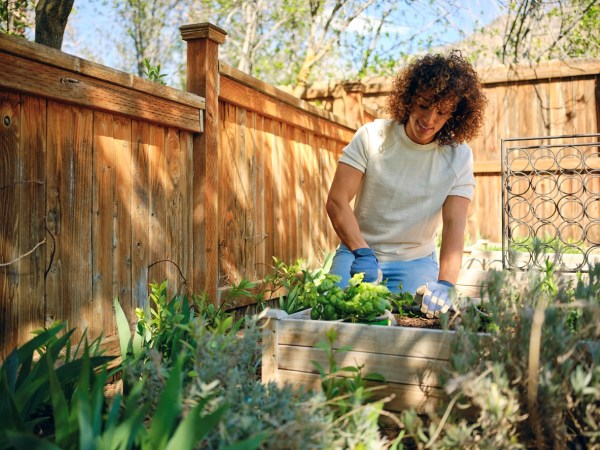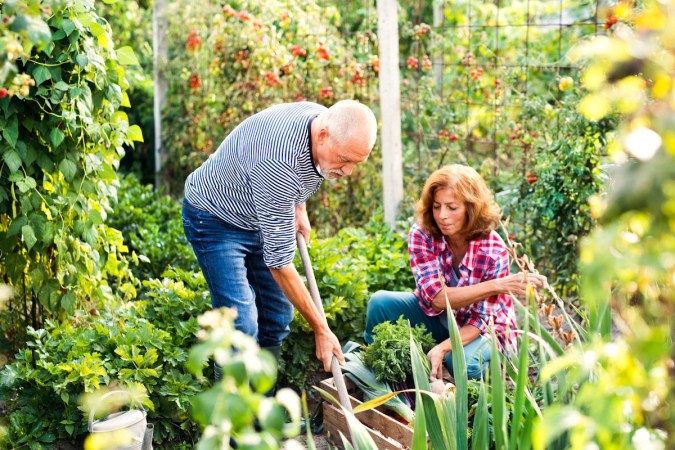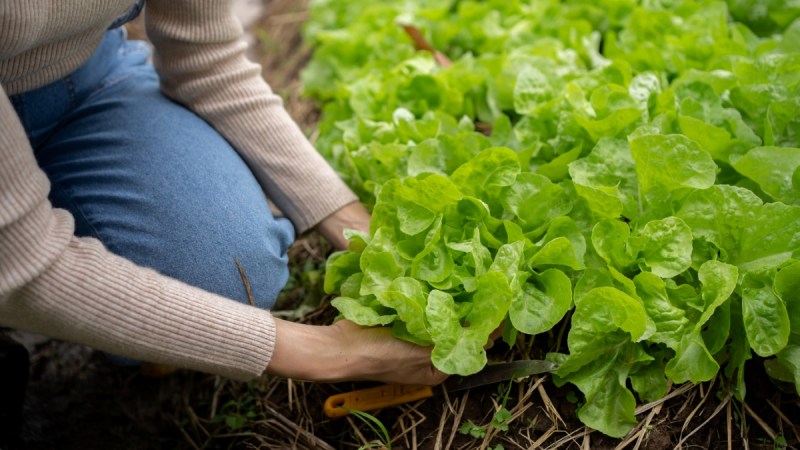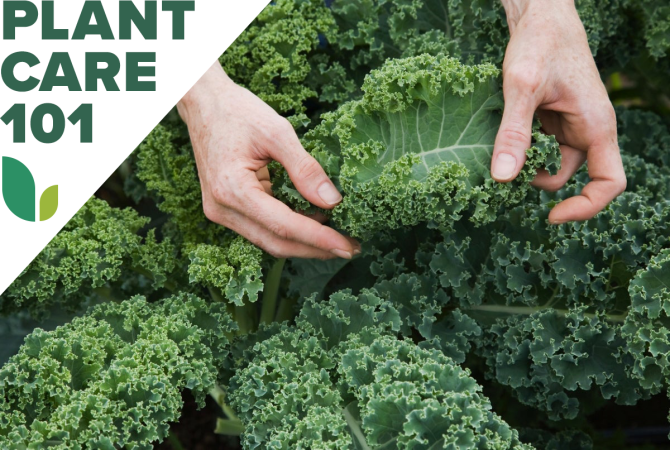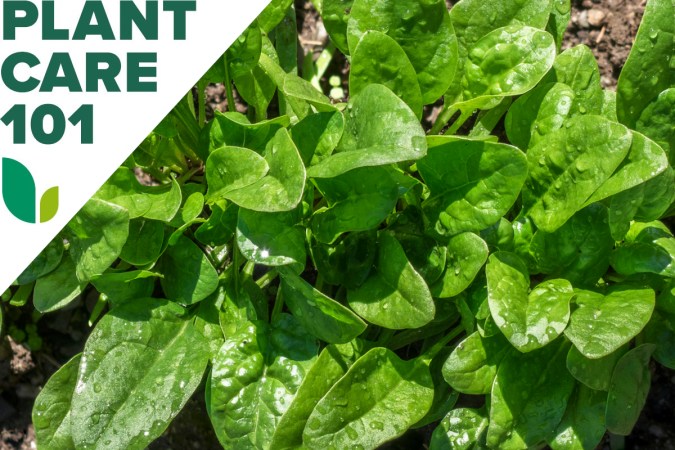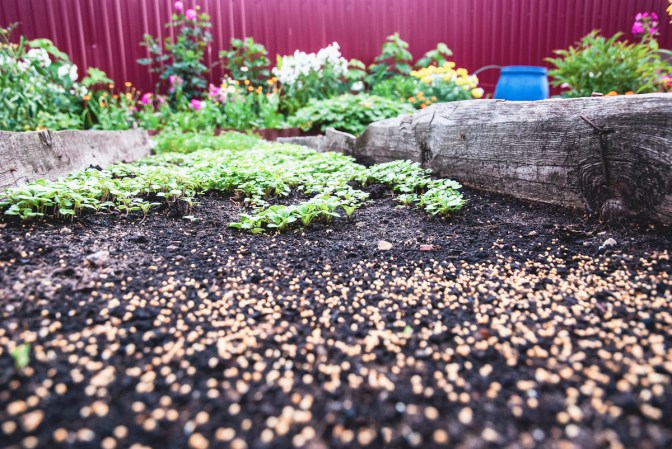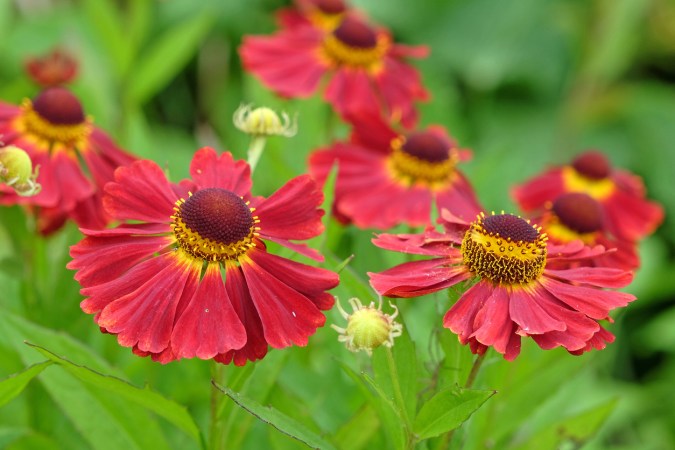We may earn revenue from the products available on this page and participate in affiliate programs. Learn More ›
When choosing vegetables to grow or plant in winter, keep in mind that, although you can harvest some vegetables during the frostiest months, you will need to start such winter crops during late summer or early autumn in the lower USDA Hardiness Zones. That will ensure they are large enough to survive frigid conditions in a protected location such as a tunnel, cold frame, or unheated greenhouse.
So, in the North, you will need to plan for winter vegetable gardening earlier in the year. In the frost-free South, of course, winter veggies might require little to no protection.
Vegetables to Plant and Grow in Winter
Almost all vegetables to grow in the winter will need protection in the North and should be cold-tolerant plants, even if raised in a greenhouse. As Colorado State University Extension warns, “Warm season vegetables…cannot be cost-effectively grown during the winter in a hobby greenhouse without solar heat collectors.”
If you prefer to dispense with heaters altogether in favor of cold frames or grow tunnels, Eliot Coleman notes in Fine Gardening that “in the frigid winters of Zone 3, there are only five crops—spinach, scallions, mâche, claytonia, and carrots—that you can dependably harvest all winter.”
RELATED: 19 Fall Gardening Practices That Will Protect and Enrich Your Soil in Winter
Carrot (Daucus carota subsp. sativus)
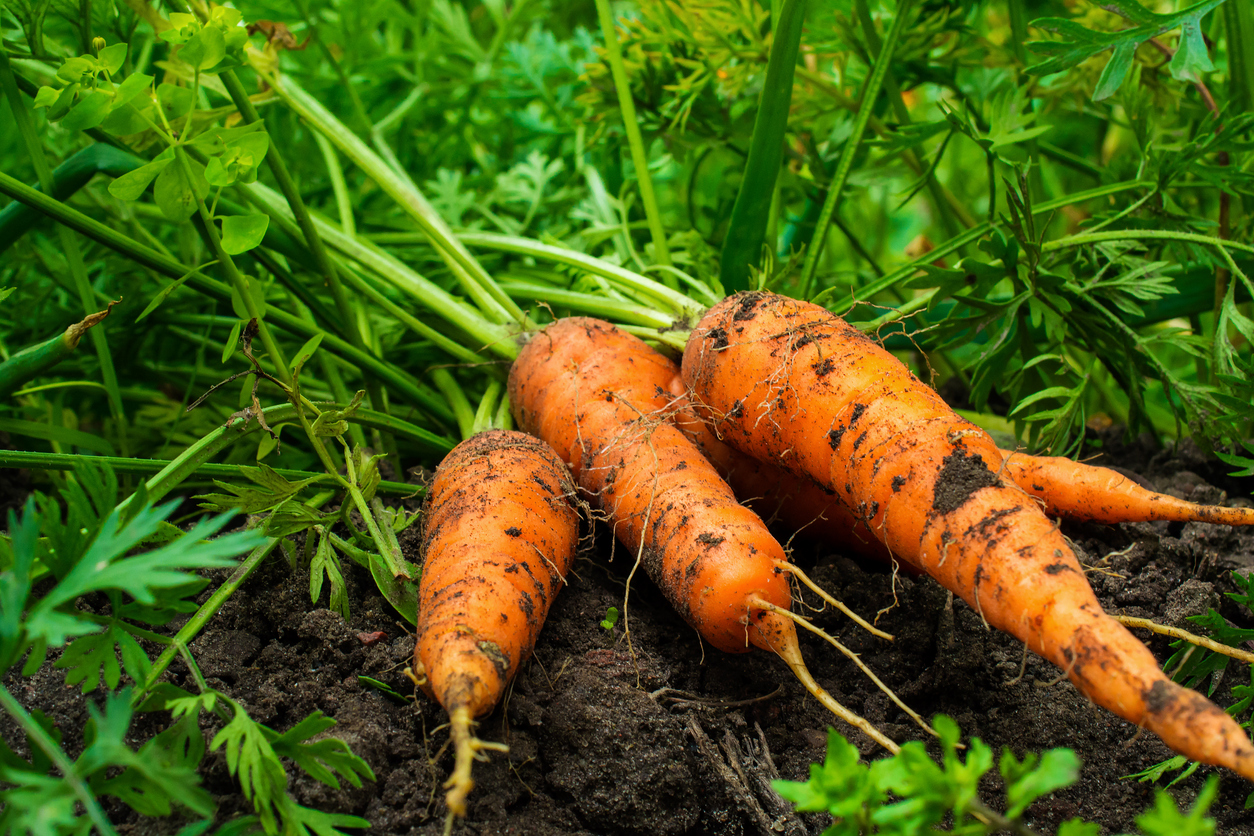
According to Coleman, if you sow carrots in late summer in a cold frame and mulch them heavily at the end of autumn after they have matured, you can continue harvesting them all winter long. Alternatively, you can protect those still in your garden with mulch or a grow tunnel and dig them whenever the ground isn’t frozen.
Mâche (Valerianella locusta)
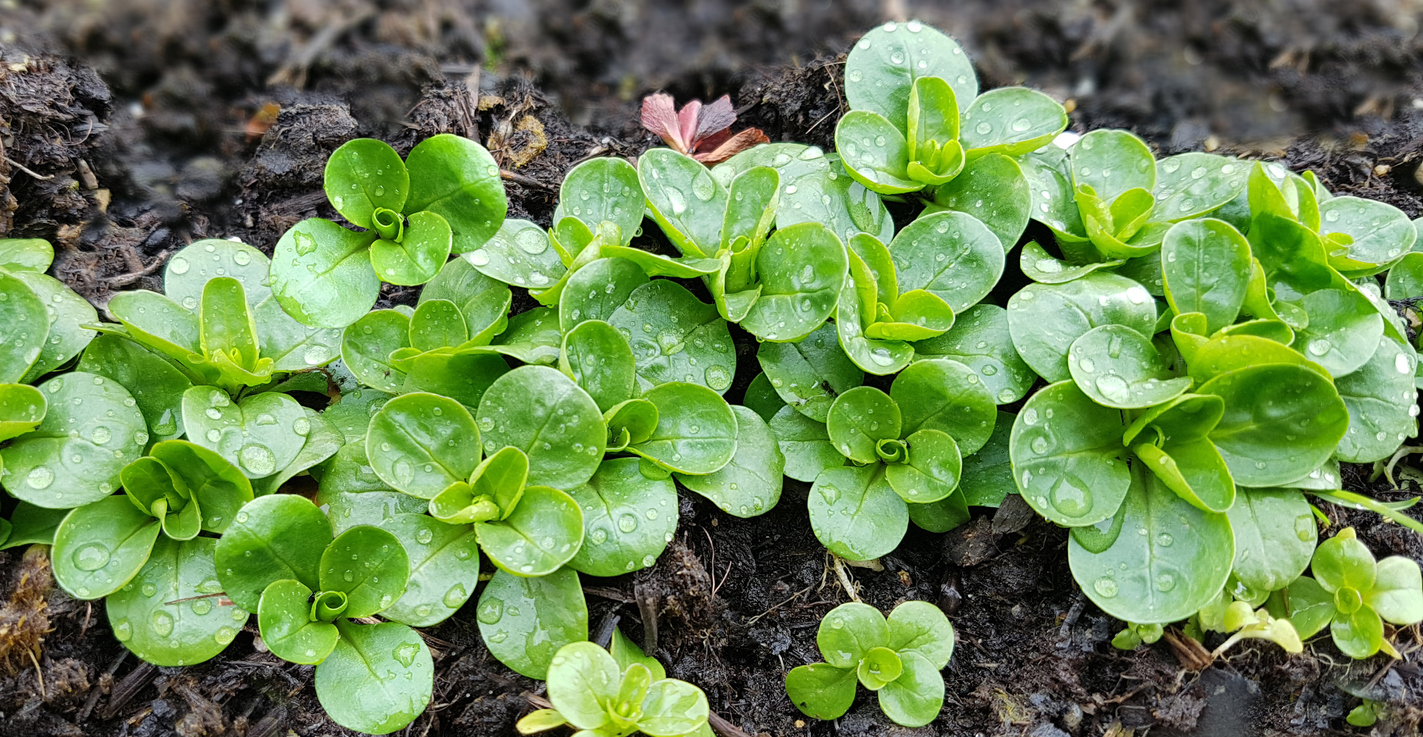
Among the most cold-tolerant of winter vegetables, this one is a rosette-forming salad green with a nutty flavor. Mâche—also known as lamb’s lettuce or corn salad—can survive most temperatures except warm ones (75-degrees Fahrenheit or higher), which will cause it to bolt. Sow it in early autumn in a cold frame or grow tunnel for the best results. When planting winter vegetables, keep in mind that corn salad seeds often will fail to germinate if the weather warms to above 70 degrees Fahrenheit.
Garlic (Allium sativum)
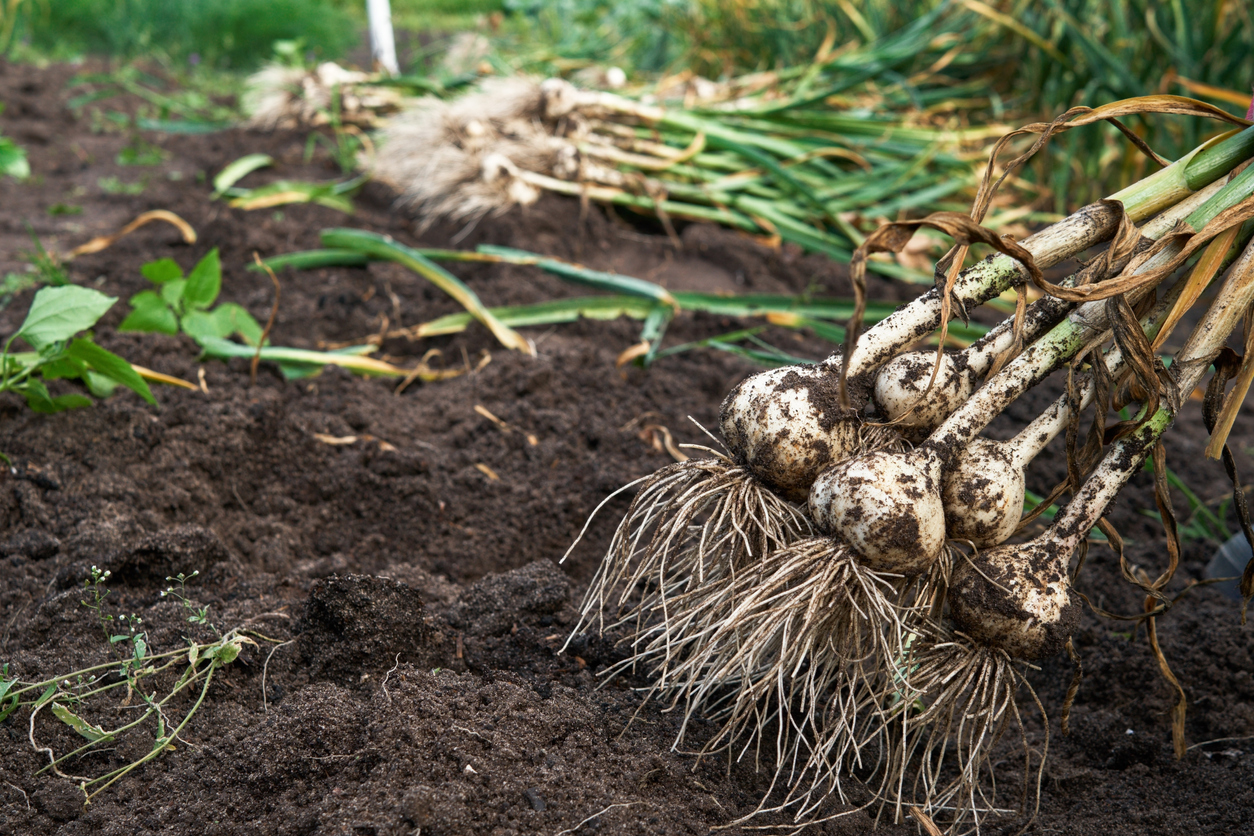
Although you can’t actually harvest garlic in winter, it does “sleep” through part of its growth cycle then. In northern states, its cloves should be planted early enough in fall that they will experience at least a month of cool weather before the freezing cold sets in. That will allow them to put down roots prior to settling in for their long winter nap.
In southern climates, you can opt for planting the cloves in early spring instead, if you like. However, the cloves produced during that shortened growing season won’t be as large as those harvested in early summer from overwintered garlic.
Parsnip (Pastinaca sativa)
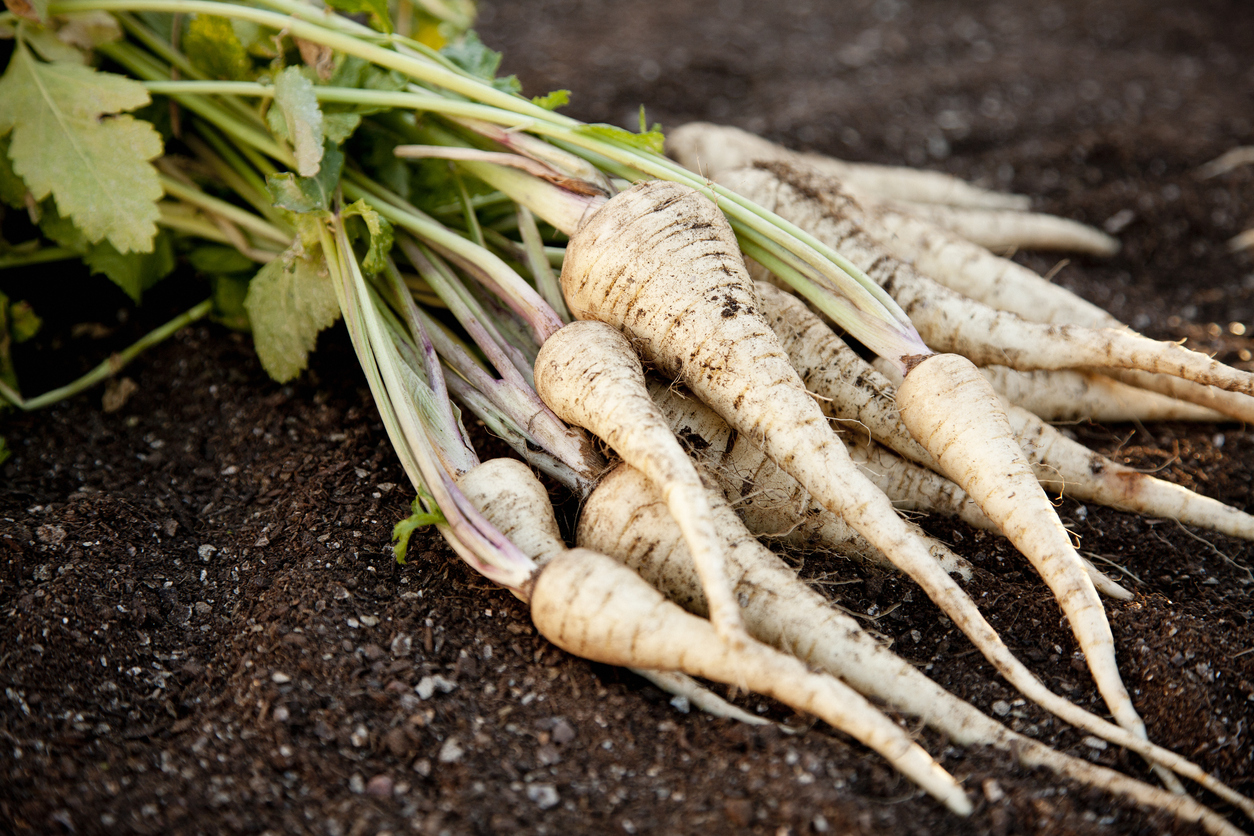
Like the carrot to which it is kin, parsnip can safely remain underground during the coldest months for your winter gardening pleasure. In the North, plant this paler root crop in spring but mulch it heavily in autumn and allow it to remain in the garden to be harvested when you want it. As noted in Kathleen Norris Brenzel’s The New Sunset Western Garden Book, “Cold makes the roots sweeter.”
Spinach (Spinacia oleracea)
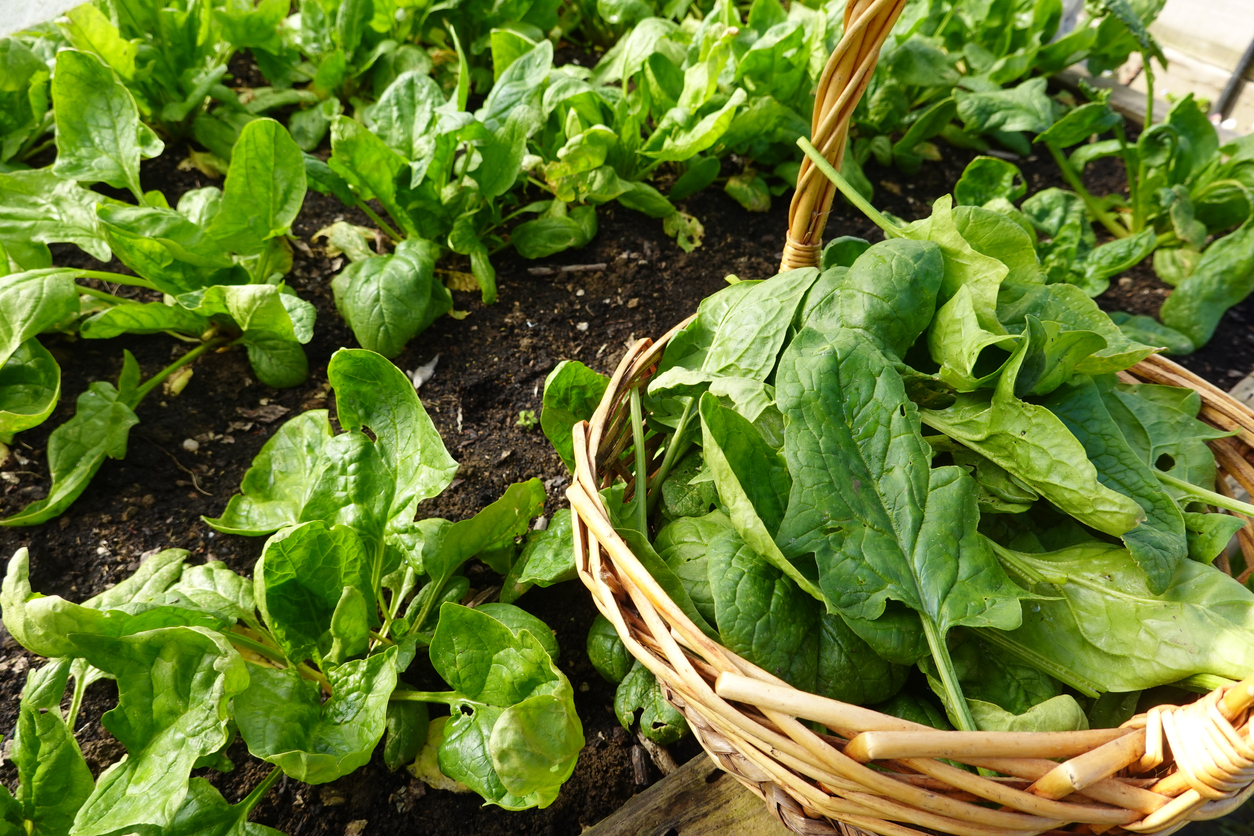
Not only can spinach make you strong, according to Popeye, it also is pretty strong in itself. When growing winter vegetables like spinach, if you plant enough of the leafy green plant in early autumn in a cold frame or grow tunnel, you should be able to harvest it all winter, since it matures slowly during cold weather and bolts only after temperatures rise in late spring or summer.
RELATED: 12 Perennial Vegetables to Plant for Years of Fresh Produce
Seeds to Start in Winter
You can easily winter sow cold-tolerant vegetables such as brassicas and salad greens outdoors in enclosed plastic containers or cold frames in January and February. The seeds generally will wait until the weather warms in early spring to germinate. They then can continue growing inside the containers or cold frames, protected from hard freezes, to be transplanted into your garden about a month before your last frost.
Dave Whitinger, owner of Victory Seed Company and National Gardening Association executive director, recommends the following vegetables (including one edible flower) for winter sowing: broccoli, brussels sprouts, cabbages, calendulas, cauliflowers, leeks, nasturtiums, and onions.
RELATED: 9 Reasons Why Fall Is for Planting
Broccoli (Brassica oleracea var. italica)
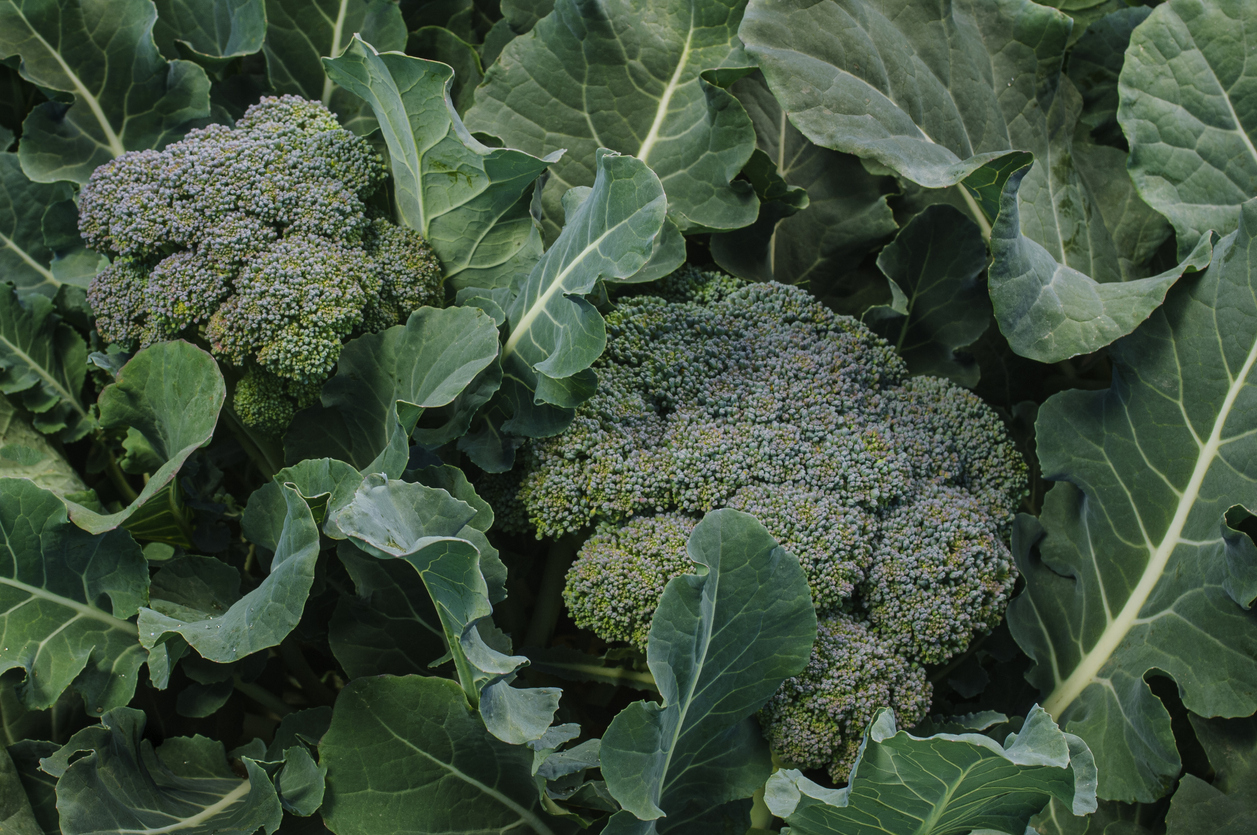
One of the vegetables to plant in winter for spring germination, broccoli should be sown ¼- to ½-inch deep. It will be ready to set out about 6 weeks after it sprouts provided that the weather is cooperating. Place the seedlings 1½ to 2 feet apart in your garden and their heads should mature in 50 to 100 days.
Cabbage (Brassica oleracea var. capitata)
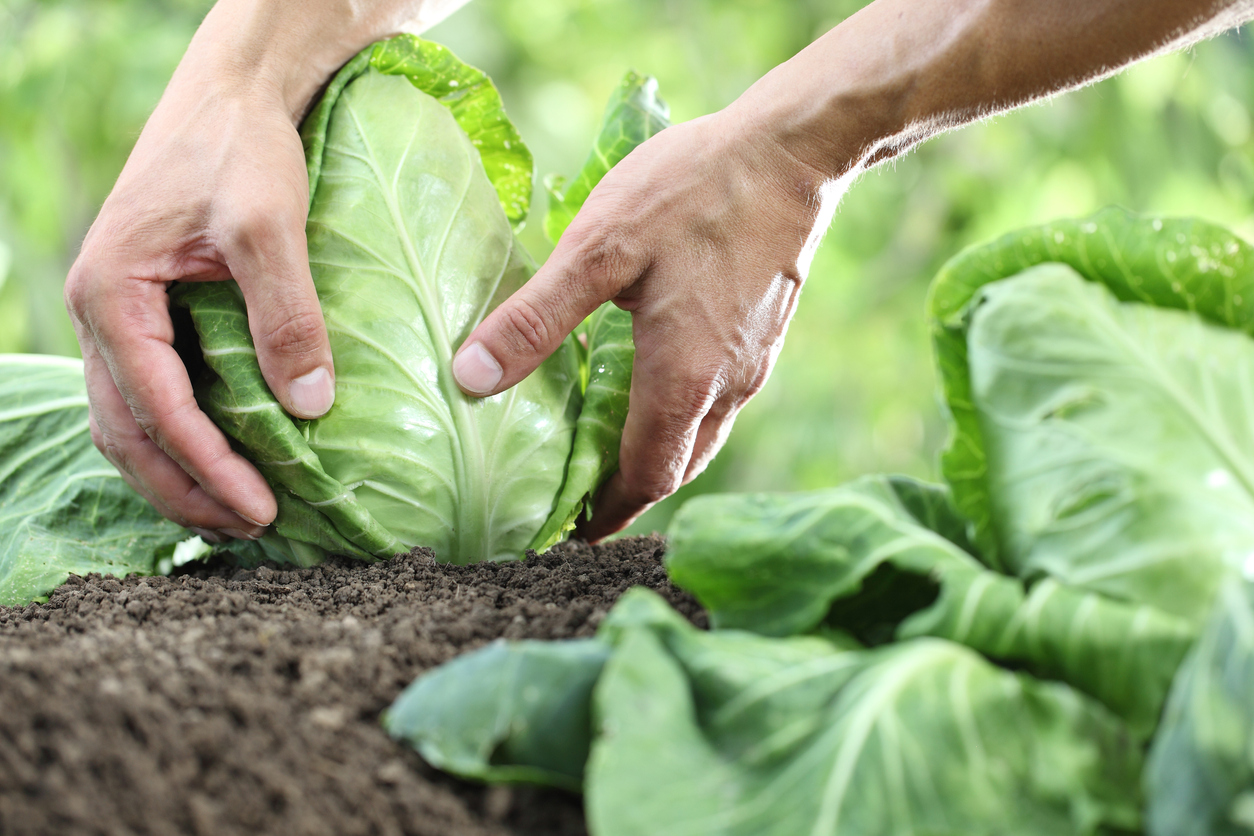
Cabbage also copes with cold well. Sow its seeds ¼ to ½ inch deep. Six weeks after it germinates, transplant the seedlings into your garden, spacing them 2 to 2½ feet apart, depending on the spread of the cultivar. Keep in mind that early cabbages can mature in about 2 months,but late types generally require 2 to 4 months to do.
Cauliflower (Brassica oleracea var. botrytis)
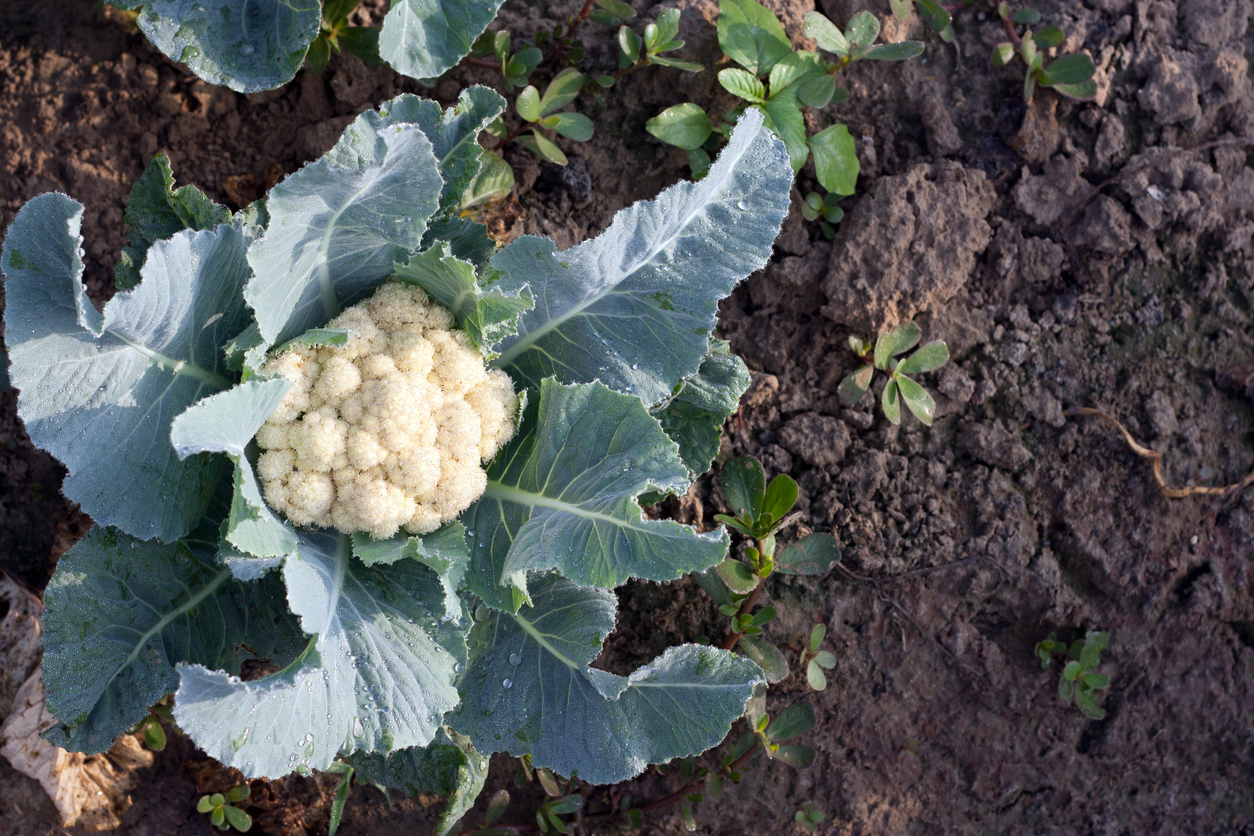
Cauliflower care and maturation is similar to that of the closely related broccoli. However, it may require blanching if it isn’t a self-blanching variety. To blanch and promote the characteristic pallor and flavor, bend the large leaves beneath that head shortly after a head appears. Bring them over the top of it and tie them together.
Kale (Brassica oleracea var. acephala)
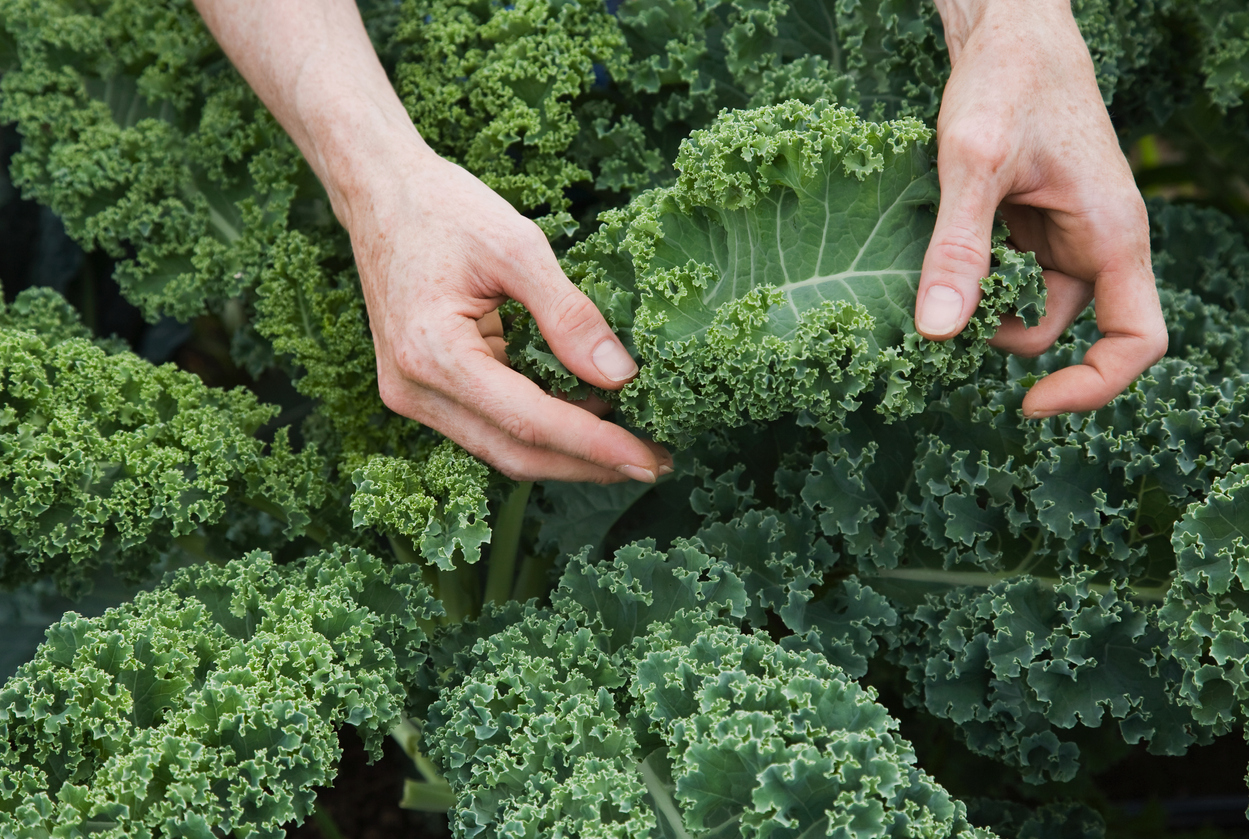
Reportedly capable of surviving temperatures down to 5 degrees Fahrenheit (depending on the variety), kale will get your garden off to a healthy start with its vitamin-rich smooth or curly leaves. Sow its seeds ½ inch deep and, later, transplant the seedlings to stand 1 to 3 feet apart depending on the ultimate size of the cultivar you have chosen.
Lettuce (Lactuca sativa)
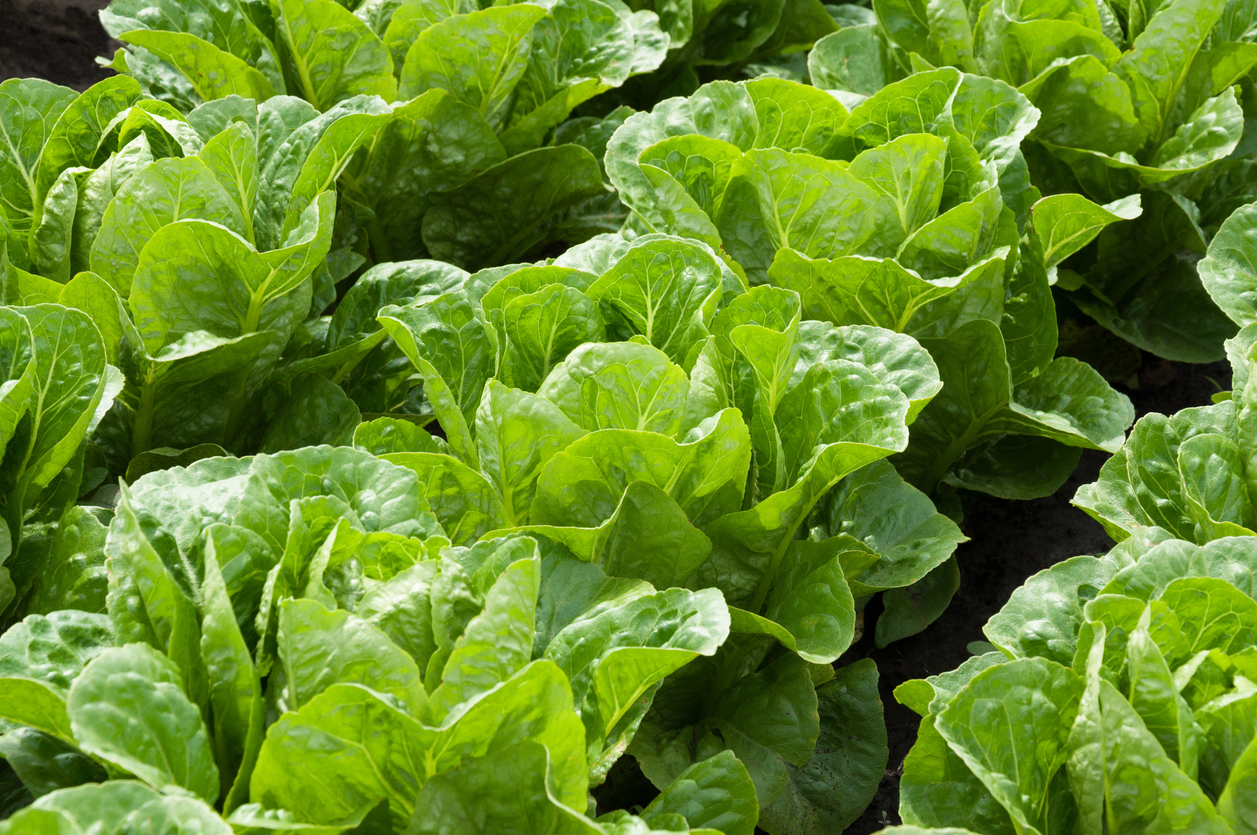
Sow lettuce seeds shallowly, barely covering them with soil. Since the plants mature quickly, often within 55 to 75 days, they can be grown from beginning to end in a cold frame or under row cover if you prefer. However, you also can transplant them into your garden, placing loose-leaf plants about 4 to 6 inches apart, head types 12 inches apart.

